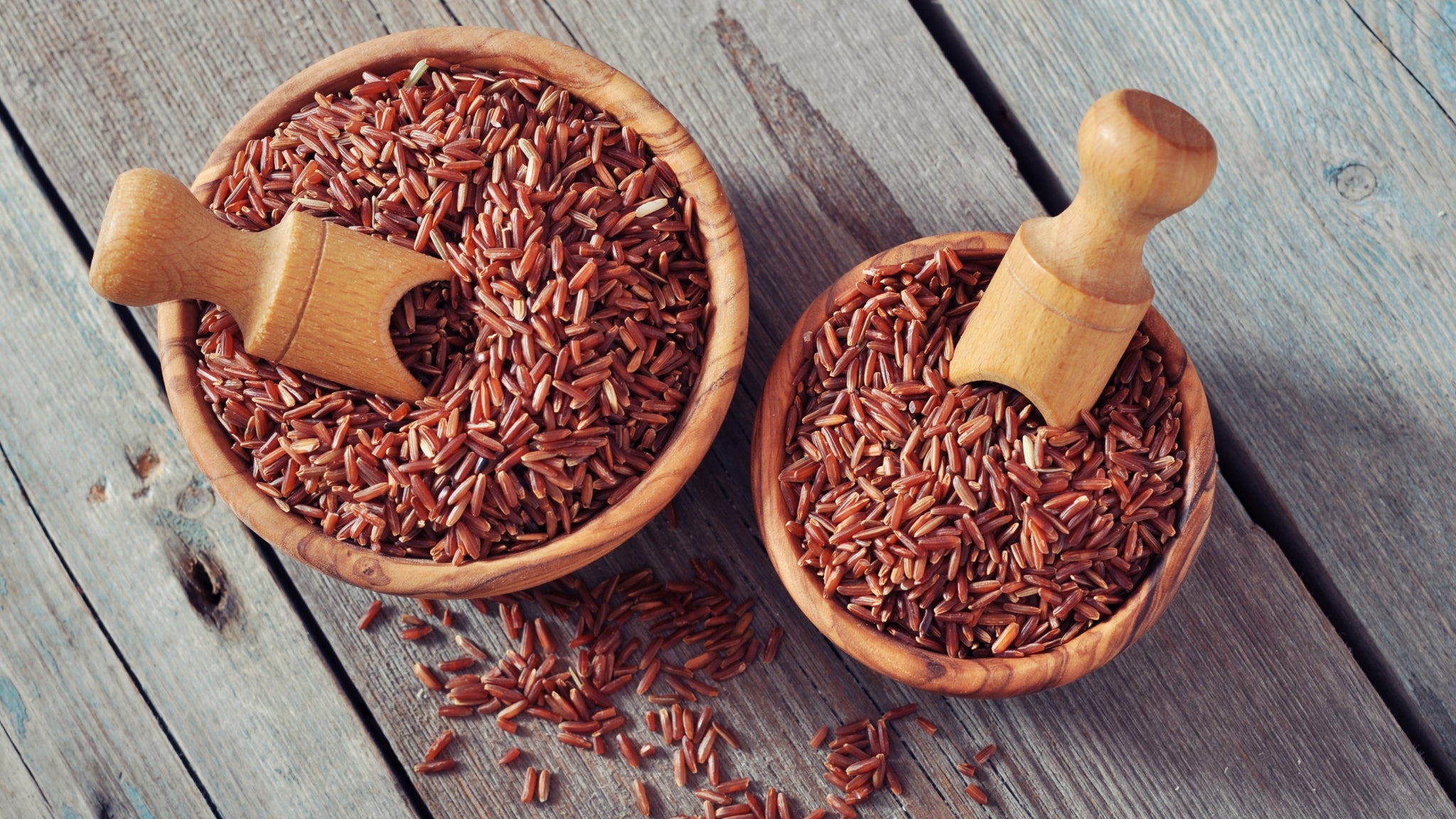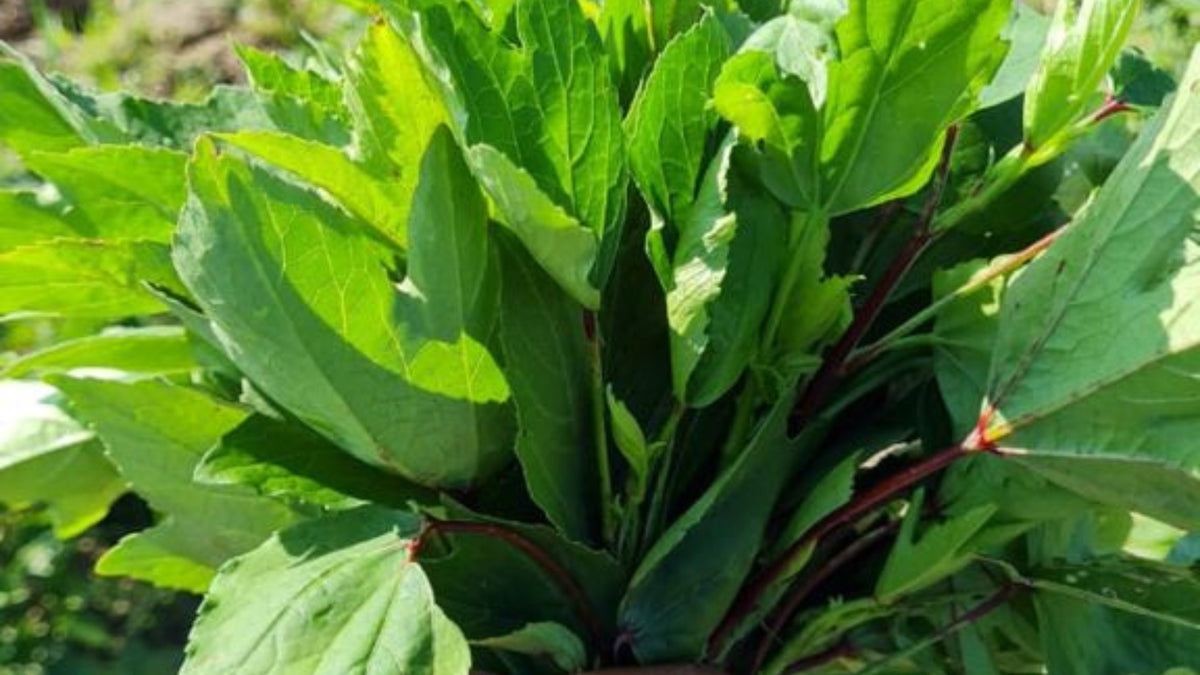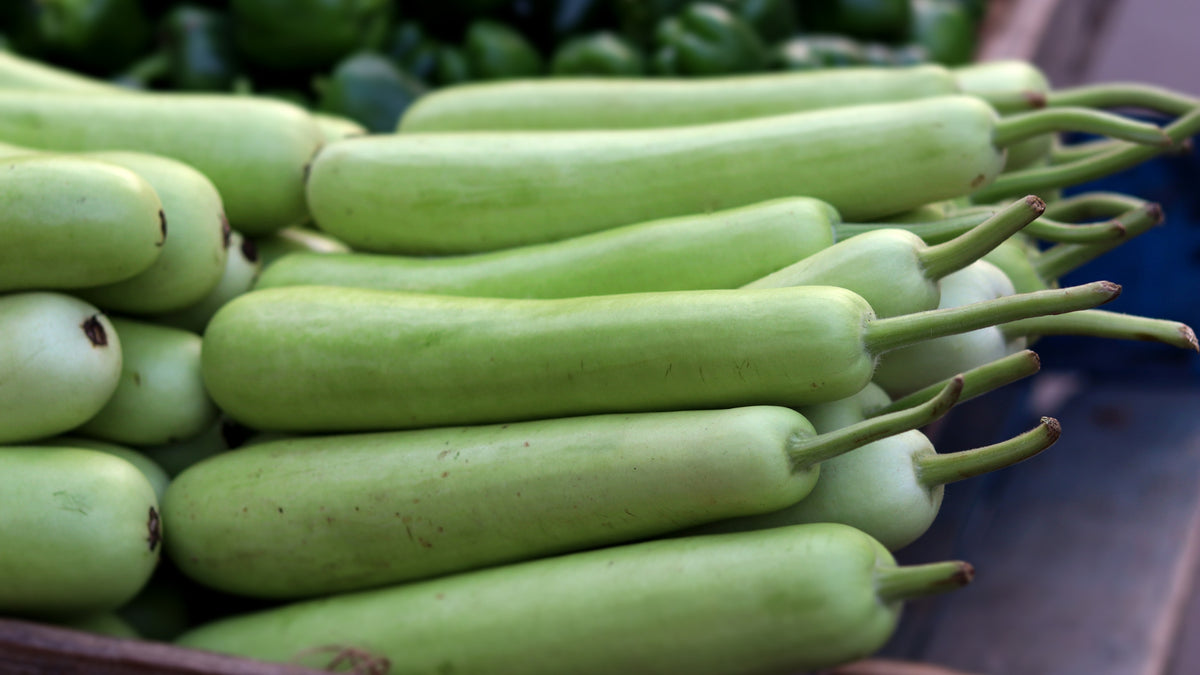
Rice Preparation for Weight Loss and Improved Health

The main goal of Ayurveda is to prevent illness and restore wellness where illness exists. One of the main ways Ayurveda achieves this is through understanding the gunas or qualities within all foods and herbs. Ayurveda is a system of understanding the qualities of each plant and how the qualities are changed during processing and cooking. One of the most common Ayurvedic foods is rice which has different gunas or qualities depending on how it is cultivated, harvested, processed, stored and cooked.
Aggravated Kapha Dosha
Rice that is improperly processed and cooked is a big reason people become unhealthy from eating rice. Rice that is improperly prepared will aggravate kapha dosha when eaten on a daily basis. Kapha aggravation is the reason for many of the lifestyle disorders like uncontrolled weight gain, blood sugar and cholesterol. Ayurveda has a specific recommendation for preparing rice that removes the excess starch which lowers its kapha aggravating qualities. By lowering the starch content, the rice becomes easier to digest and lowers the glycemic index. The Ayurvedic method for preparing rice makes it suitable for weight loss, lowering blood sugar, cholesterol and everyday consumption.
Rice is one of the staple foods of India and the second most widely consumed grain in the world next to wheat. Rice is also the only grain that is a consumed as a whole grain and according to Ayurveda whole grain is more digestible than flour or milled grains. Many people believe rice should be avoided by those trying to lower their body weight, blood sugar or cholesterol. However, by using the right type of rice and preparation method it becomes highly nutritious and can be enjoyed by everyone.
In the Ayurvedic text the method for choosing rice and preparing it specifically explained, and this method was commonly used for thousands of years. It is only in recent times that the proper way to prepare rice has been forgotten due to modern conveniences like pressure cookers and Instant Pots which speed the cooking process. It is interesting that recent modernization also correlates with the recent increase of Obesity, Diabetes, and Hypercholesterolemia in many people around the world.
Lessons From Prameha
Ayurveda recognizes a disorder that is similar to Diabetes called Prameha. In the Ayurvedic texts it states that Prameha is a kapha aggravation caused by consuming rice that is freshly harvested and not properly aged. When rice is freshly harvested its qualities are moist and dense, and these are the exact qualities that aggravate kapha dosha. The Ayurvedic text was clear on the remedy for reversing Prameha, and it included consuming aged rice. The text also states to consume only two types of rice, Shashtika which is a red rice that grows within 60 days, and Raktashali which is another red rice which is harder to find. Red rice is highly nutritious, fast growing, light to digest and does not aggravate kapha dosha.
The Ayurvedic text states the qualities of Shashtika are madhura rasa (sweet taste) with kashya Anurasa (astringent taste), laghu (light to digest), mrudu (soft), snigdha (unctuous), grahi (absorbent) and balances the tridosha. The text also states to consume aged rice that has been stored for at least one year because this lowers the water content which aggravates kapha dosha. Freshly harvested rice contains more water and by cooking it in a pressure cooker, the water content becomes exceedingly high. When consumed on a regular basis the excess moisture aggravates kapha dosha causing Kleda Vriddhi (increased fluid) and Abhishyanda (channel clogging) disorders like high body fat, high blood sugar, and high cholesterol.
Concept of Satmya
Satmya is an Ayurvedic concept that consuming both ancestral foods and locally grown foods are the best for maintaining health. By eating ancestral foods, you are eating the same foods that your DNA evolved from and therefore designed to eat. By eating locally grown foods we consume food that is naturally ripened, has higher prana and nutrition, contains organisms that improve digestion, and seasonally appropriate as nature intended. Eating locally grown whole food is Satmya to the people living in that area. Even though red rice is not grown everywhere, it can still be a healthy choice if unpolished, organically grown in 60 days, and aged at least one year.
Polished Rice
Polished rice undergoes a milling process which separates the husk, bran, aleurone layer and embryo (germ) leaving behind only the starchy endosperm which is a principal source of kapha aggravation. Polished rice is low in fibre, polyphenols, and micronutrients such as magnesium which helps metabolize glucose, its heavy to digest, has high glycemic index (GI) and glycemic load (GL) which results in higher blood glucose levels.
Aged Rice
When rice is freshly harvested it can easily be split because it contains water, but aged rice cannot easily be split because during the aging process the water evaporates, and the grain becomes hard. Aged rice cooks lighter because the high water content was removed and when it hits the hot cooking water it does not absorb that much water. This makes the rice less sticky, and each grain nicely separates.
Cooking Process
According to the Ayurvedic text unpolished rice that is washed at least three times or soaked for 20 minutes and rinsed removes the excess starch. To cook rice, use ten parts water to one part rice. Bring the water to a rolling boil then add the washed rice and allow to cook until 90% of the water is absorbed. The 10% water that is remaining is called Pej (gruel) and should be separated (spooned off) from the rice and saved as its rich in vitamins and micronutrients. During the cooking process, the rice should not be covered with a lid, but once the Pej (gruel) is removed it should be covered with a lid and the trapped steam completes the cooking process. Rice prepared in this manner is Srut Odana which is light to digest.
Roasting Rice
Rice that is roasted before cooking is even lighter to digest, pacifies kapha and has a pleasing aroma. According to one recent study, rice that is roasted for 15 minutes contains a lower lipid content and soluble fiber were increased. Roasted rice has a shorter minimum cooking time and is easily hydrated and gelatinized compared with unroasted rice. According to the Ayurvedic text the longer rice is cooked the higher the kapha increasing qualities which increases the glycemic index of the rice and therefore increases blood sugar levels, kapha and ama. Using a pressure cooker is exactly opposite to the Ayurvedic method of cooking and according to a recent study, the 200 ml of pressure cooked rice contained 30 kcal higher in calories than the same amount of non-pressure-cooked rice. In conclusion, it is always recommended to cook rice by the Ayurvedic method for long term health benefits.
AYURVEDIC CONSULTATION
Kottakkal is committed to offering the highest quality Ayurvedic Healthcare. We offer two ways to have an Ayurvedic consultation. 1. Free 15-minute Consultation with our Ayurvedic practitioner, Julie Wardwell for when you need a product recommendation for a basic health problem. 2. In-depth Consultation with our Ayurvedic doctor, Vaidya Vishwanath Guddadar for when your condition is chronic with multiple symptoms.
Disclaimer: These statements have not been evaluated by the Food and Drug Administration. Kottakkal Ayurveda products and information are not intended for use in the diagnosis, treatment, cure, or prevention of any disease. If you have serious, acute, or chronic health problems, please consult a trained health professional. If you are seeking the advice of a trained Ayurvedic professional, call (800) 215-9934 or email us at contact@kottakkal.shop. We will provide you with information to consult with Ayurvedic professionals. Always check with your doctor before taking herbs when pregnant or nursing.
Also in Healing with Kottakkal Ayurveda

Food is Medicine - Organic Gongura Leaf
Gongura, often referred to as Indian sorrel, is a leafy green vegetable packed with an array of health benefits. This vibrant green is a treasure trove of essential vitamins, minerals, and antioxidants.

Food Is Medicine - Organic Bottle Gourd

Boosting Energy and Rejuvenation with Narasimha Rasayana
Narasimha Rasayanam is an herbal jam formulated with base ingredients of butter, honey, and milk. This time-tested remedy is believed to promote balance within the body's three doshas, vata, pitta, and kapha and supports a range of health concerns. From supporting physical strength and hair health to promoting rejuvenation and cognitive function, Narasimha Rasayanam offers a multifaceted approach to well-being.


Kottakkal Support